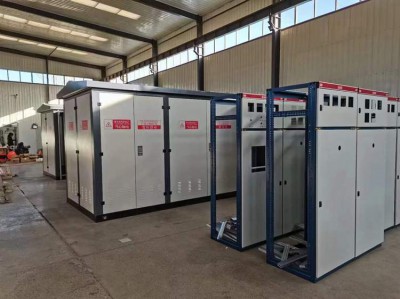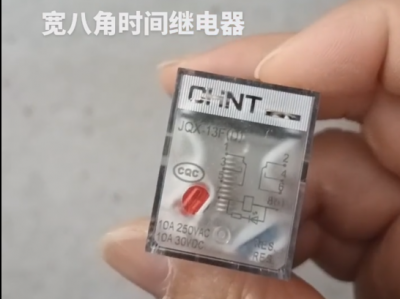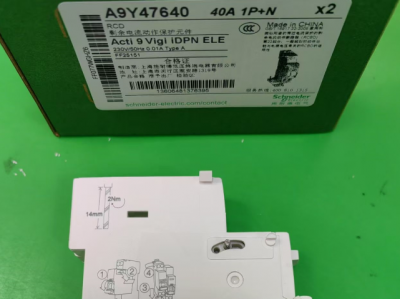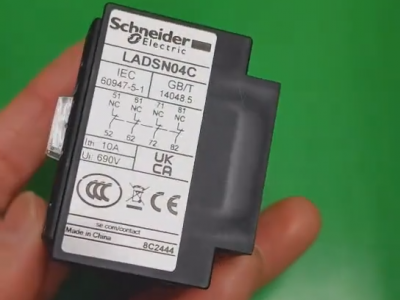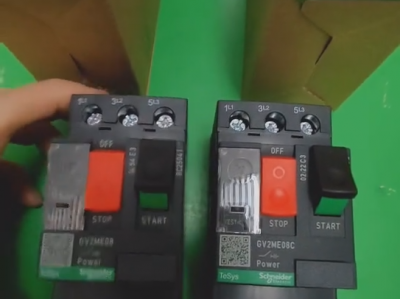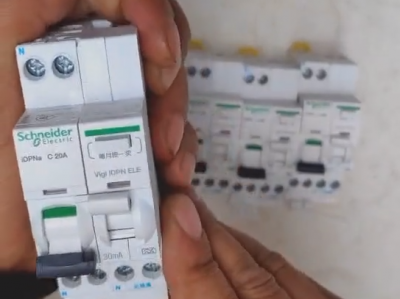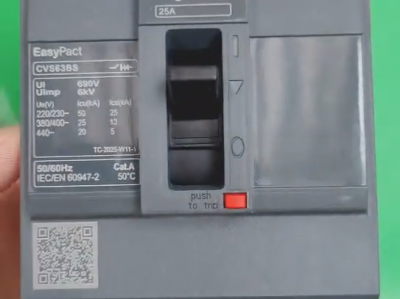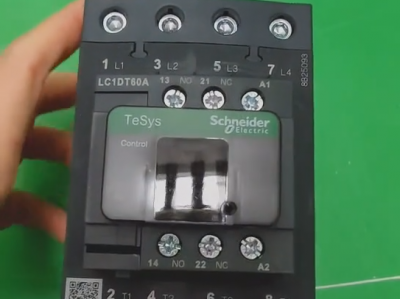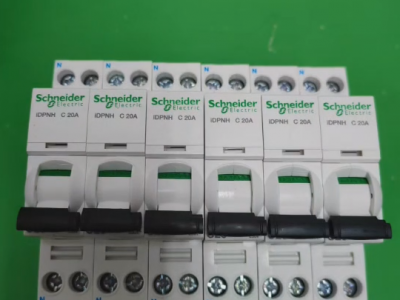Knife Switch Fuse Core RT-3 (NT3) DC440V
Product description
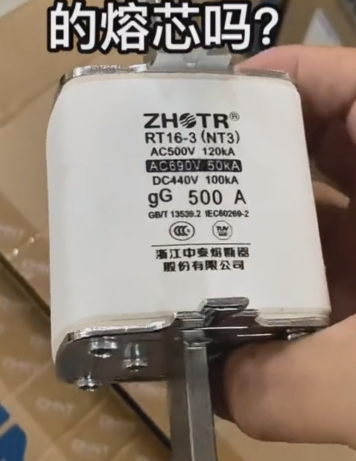
The application of the knife switch fuse core RT-3 (NT3) in a 440V DC (DC440V) system requires analysis based on specific model parameters and technical requirements. The key information is summarized as follows:
1. **Model Correspondence and Technical Parameters*Chint Intermediate Relay JZX-22F/4Z(D) 24VDC*
- **Relationship Between RT-3 and NT3**:
RT-3 may refer to models RT16-3 or RT36-3. These fuses typically correspond to Siemens' NT3 series (e.g., RT16-3 NT3). The NT3 series fuses feature a blade-type contact design, suitable for AC 50Hz/60Hz systems, though some models explicitly indicate DC voltage compatibility.
- **Rated Voltage and Breaking Capacity*Chint NXR series thermal overload relays price*:
For example, the rated voltage of Chint RT36-3 (NT3) fuse cores includes **AC500V/DC440V**, with a breaking capacity of up to 100kA. Mingrong RT16-3 NT3 fuse cores also support DC440V, with a breaking capacity of 100kA. This indicates that some models in the NT3 series can meet the short-circuit protection requirements of DC440V systems.
- **Structural Features*CHINT circuit breaker price*:
The fuse core uses pure silver or pure copper melt encapsulated in a high-strength porcelain tube, filled with quartz sand as an arc-extinguishing medium, offering high breaking capacity and fast-blowing characteristics.
2. **Considerations for DC Applications*CHINT surge protector price*
- **Polarity and Arc Extinguishing Performance**:
Arcs in DC circuits are more difficult to extinguish, so the fuse’s arc-extinguishing design must be suitable for DC. The NT3 series effectively suppresses DC arcs through optimized melt structure and quartz sand filling.
- **Matching Breaking Capacity**:
The breaking capacity (e.g., 100kA) must be selected based on the circuit’s expected short-circuit current to ensure reliable circuit interruption during DC faults.
3. **Application Scenarios and Installation Requirements**
- **Application Fields**:
Suitable for DC440V industrial power distribution, new energy equipment (e.g., photovoltaic combiner boxes), DC charging piles, and other scenarios as overload and short-circuit protection components.
- **Installation Conditions**:
The ambient temperature range is typically -5°C to 40°C, with an altitude not exceeding 2000 meters, and must meet IP protection grade requirements.
4. **North American Market and Certification**
- **UL Certification**:
Some NT3 series fuse cores may be UL-certified (e.g., compliant with UL248 standards), but confirmation by specific model is required. For example, fuses from Shenzhen Maiweitong Electronics meet UL certification and can replace imported products.
- **Supplier Information**:
Compatible models in North America can be purchased through agents (e.g., BUSSMANN in the U.S.) or local distributors.
5. **Alternative Models and Compatibility**
- **Equivalent Models**:
RT16-3 NT3 can be interchanged with Siemens NT3, Chint RT36-3, and other models, provided the rated current and voltage parameters are identical.
- **Selection Advice**:
For strict DC440V matching, it is recommended to prioritize models explicitly marked with DC440V (e.g., RT36-4 or RT16-3 NT3) and refer to the manufacturer’s technical documentation.
6. **Conclusion**
- **Conclusion**:
Some models in the NT3 series fuses (e.g., RT16-3 NT3) are suitable for DC440V systems, with a 100kA breaking capacity, meeting the protection requirements of industrial DC circuits.
- **Precautions**:
- Confirm that DC440V is explicitly stated in the parameter table of the specific model.
- Ensure the breaking capacity matches the circuit’s short-circuit current.
- North American users must verify UL certification and local suppliers.
When purchasing the knife switch fuse core RT-3 (NT3) DC440V, strict checks must be conducted across multiple dimensions, including technical parameters, compliance, supplier qualifications, and compatibility, to avoid system failures or safety risks due to improper selection or procurement. The key considerations are as follows:
I. Precise Matching of Technical Parameters**
1. **Clarity of Rated Voltage (DC440V)**
- Ensure the fuse core model **explicitly marks DC440V** (e.g., RT36-3 NT3 DC440V) to avoid misusing models that only support AC500V in DC systems.
- Note: Some manufacturers may grade DC voltages (e.g., DC250V/DC440V); verify that the **DC breaking capacity curve** in the parameter table covers the 440V operating condition.
2. **Matching Rated Current with Load**
- Select the fuse core’s rated current (e.g., 125A, 160A, 200A) based on the circuit’s maximum operating current, with a 1.2–1.5 times overload margin (refer to IEC 60269 standards).
- For impact loads like motor starting, choose **gR type (general purpose)** or **aM type (motor protection)** fuse cores to avoid false tripping.
3. **Critical Value of Breaking Capacity (Icn)**
- Must be greater than the circuit’s expected short-circuit current (e.g., 100kA), with reference to the system short-circuit calculation report. If the actual short-circuit current exceeds the fuse core’s breaking capacity (e.g., only 50kA), explosions or fires may occur.
II. Certification and Compliance Verification**
1. **Domestic Market: Mandatory CCC Certification**
- Domestic models (e.g., Chint RT36-3, Mingrong RT16-3) must pass **CCC certification** and bear the certification mark on the product body or packaging. Reject "no-brand" or OEM products.
2. **Export or International Projects: Regional Certification Adaptation**
- **North American Market**: Requires UL 248-1/14 (fuse) or CSA certification; confirm the model suffix includes "UL" (e.g., RT16-3 NT3 UL).
- **European Market**: Must comply with CE certification (following EN 60269 standards) and confirm RoHS environmental requirements.
- **Special Industries**: Such as rail transit or marine applications, additional compliance with industry standards like EN 50155 or IEC 60092 is required.
III. Supplier and Product Authenticity Verification**
1. **Prioritize Original Manufacturers or Authorized Agents**
- Siemens NT3 series is recommended to be purchased through Siemens’ official channels; domestic brands (e.g., Chint, Tianzheng) can be procured via their official websites to query authorized distributor lists and avoid counterfeits.
- Be cautious of low-priced "disassembled goods" or unmarked products, as these fuse cores may be aged or have degraded breaking capacity.
2. **Verify Product Identification and Anti-Counterfeit Information**
- Genuine fuse cores have clear markings on the housing: **model, rated parameters, certification marks, production date** (e.g., "RT36-3 NT3 DC440V 160A CCC 202504").
- Some brands offer QR code anti-counterfeit verification (e.g., Chint’s "Taijike" platform); ensure consistency with official website information.
IV. Mechanical Compatibility and Installation Adaptation**
1. **Matching Knife Switch Base**
- NT3 fuse cores correspond to **No. 3 blade-type contacts**; ensure the knife switch base is of NT3 specification (e.g., Siemens 3RV1011, Chint NH3-3) to avoid poor contact or installation issues due to mismatched contact sizes (e.g., NT2/NT4).
- Installation direction: The fuse core must be inserted vertically into the base to ensure tight contact; avoid horizontal installation, which may cause melt sagging.
2. **Environmental Condition Adaptation**
- **Temperature**: Confirm the ambient temperature is within -5°C to 40°C; if exceeded, derate the current (e.g., reduce rated current by 5% for every 10°C above 40°C).
- **Altitude**: For altitudes >2000 meters, select high-altitude fuse cores (marked "high-altitude type") or derate the current, as low air pressure reduces insulation strength.
V. Documentation and After-Sales Service**
1. **Request Complete Technical Documents**
- Require suppliers to provide **specification sheets (datasheet), CCC/UL certification reports, and factory test reports**, with special attention to DC breaking capacity test data (e.g., DC440V/100kA breaking waveforms).
- For bulk purchases, request **type test reports** (e.g., third-party reports issued by national testing centers).
2. **After-Sales Guarantee and Return Policy**
- Confirm whether the supplier provides a **quality guarantee period** (typically 1–2 years); free replacement is required for non-human-caused damage during normal use.
- Retain technical clauses in the purchase contract, specifying that the supplier must bear return costs and joint liability if the product does not meet DC440V requirements.
VI. Alternative Models and Emergency Procurement**
1. **Cross-Brand Alternative Risk Control**
- If the original model is out of stock, equivalent domestic models (e.g., RT36-3 replacing NT3) can be selected, but ensure the following parameters are identical:
- Rated voltage (DC440V), rated current, breaking capacity;
- Contact size (No. 3 blade type), mounting hole spacing (e.g., NT3 standard hole spacing is 85mm).
- Avoid using models marked "compatible with NT3" but without explicit DC parameters (e.g., fuses only marked AC500V).
2. **Rapid Verification for Emergency Procurement**
- For temporary purchases, request suppliers to provide **DC breaking test videos or third-party inspection screenshots of the same batch** to ensure reliability in urgent situations.
Summary: Procurement Decision Checklist**
| Inspection Item | Compliance Criteria |
| Model Identification | Includes "DC440V" notation, e.g., RT36-3 NT3 DC440V |
| Certification Marks | Domestic: CCC; Export: UL/CE and other corresponding certifications |
| Supplier Qualifications | Authorized distributors on the original manufacturer’s website, providing business licenses and authorization letters |
| Mechanical Dimensions | No. 3 blade-type contacts, matching base hole spacing (85mm) |
| Breaking Capacity | ≥ Circuit’s expected short-circuit current (e.g., 100kA) |
| Technical Documentation | Specification sheets and certification reports including DC breaking test data |
| Packaging and Transportation | Original factory sealed packaging, shock-proof foam padding, logistics provider qualified for electronic component transportation |

